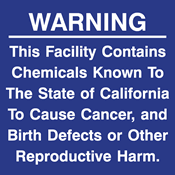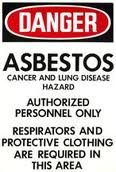Thu 31 Jan 2013
Hexavalent Chromium – new recommended level
Posted by admin under Air Monitoring, Bio Exposure Index, Biological Monitoring, Hexavalent chromium, Management, NIOSH, OSHA, PEL (Perm Exp Limit), TWA, Uncategorized, Welding
Comments Off on Hexavalent Chromium – new recommended level
 NIOSHÂ has just recommended a new exposure limit (REL) for hexavalent chromium. The new limit is 0.2 ug/m3 as an 8-hour TWA. If you remember, the OSHA PEL is 2.5 ug/m3 (8-hour TWA). SO, if you’re good at math, you can see this is A LOT lower.
NIOSHÂ has just recommended a new exposure limit (REL) for hexavalent chromium. The new limit is 0.2 ug/m3 as an 8-hour TWA. If you remember, the OSHA PEL is 2.5 ug/m3 (8-hour TWA). SO, if you’re good at math, you can see this is A LOT lower.
The reasoning for this level is they have found a lung cancer risk (get this) EVEN AT 0.2 ug/m3. They recommend bringing airborne levels below this limit for lung exposures.
As I’ve described before, exposures are not limited to just inhalation. Dermal contact is a big concern.
If you have any hexavalent chromium at your facility, or stainless steel (welding, welding2, hardfacing, etc.) you need to do more than just air sampling. You need a comprehensive program including wipe samples, medical monitoring, etc. This may not be a specific OSHA rule for your facility.  However, these exposures are something you must manage.





